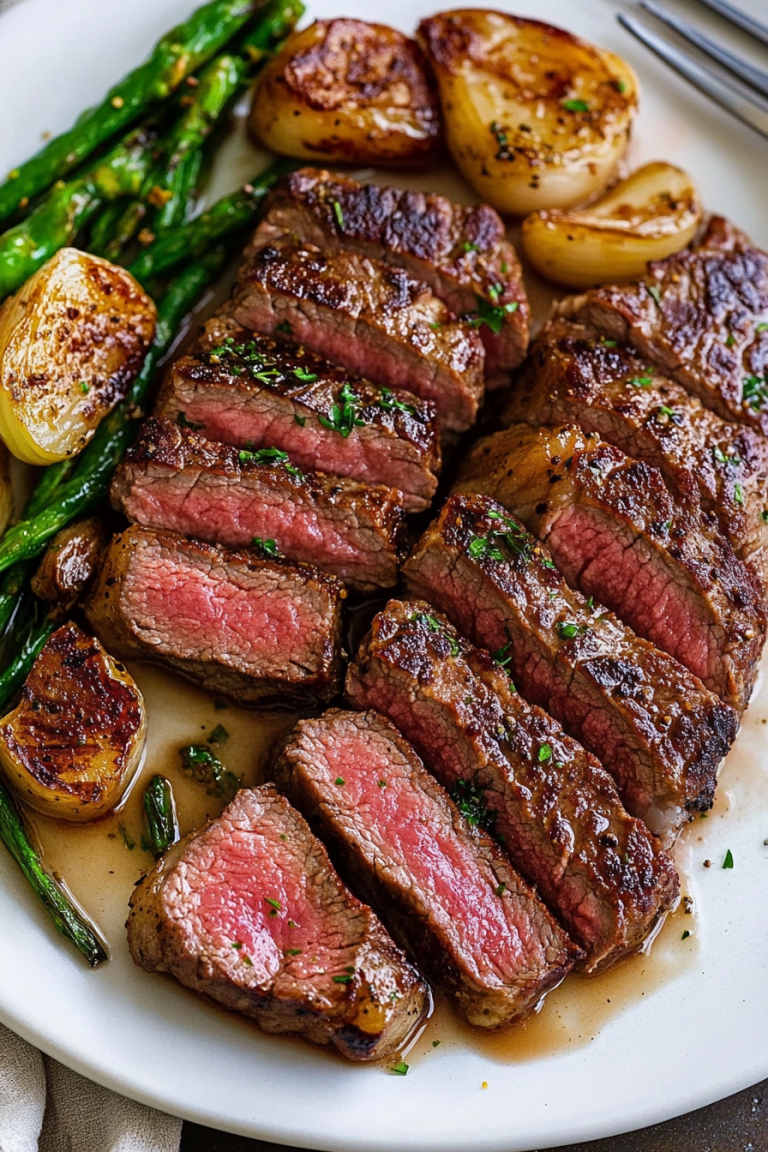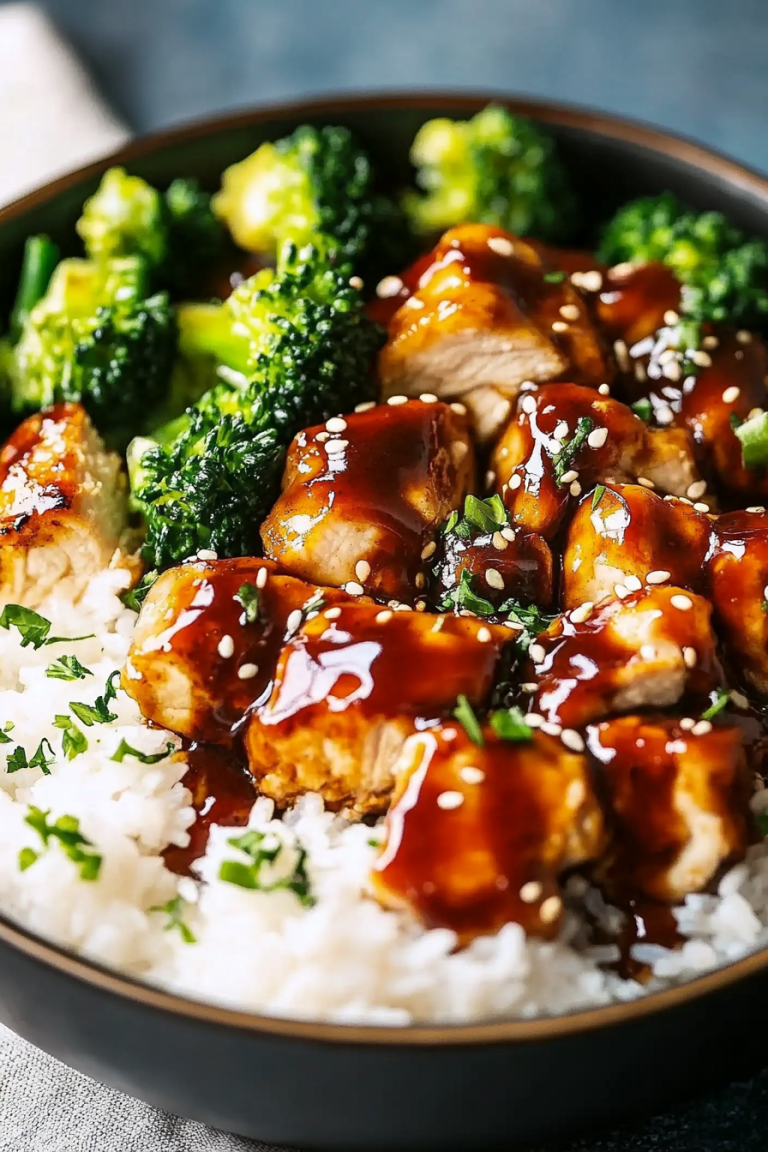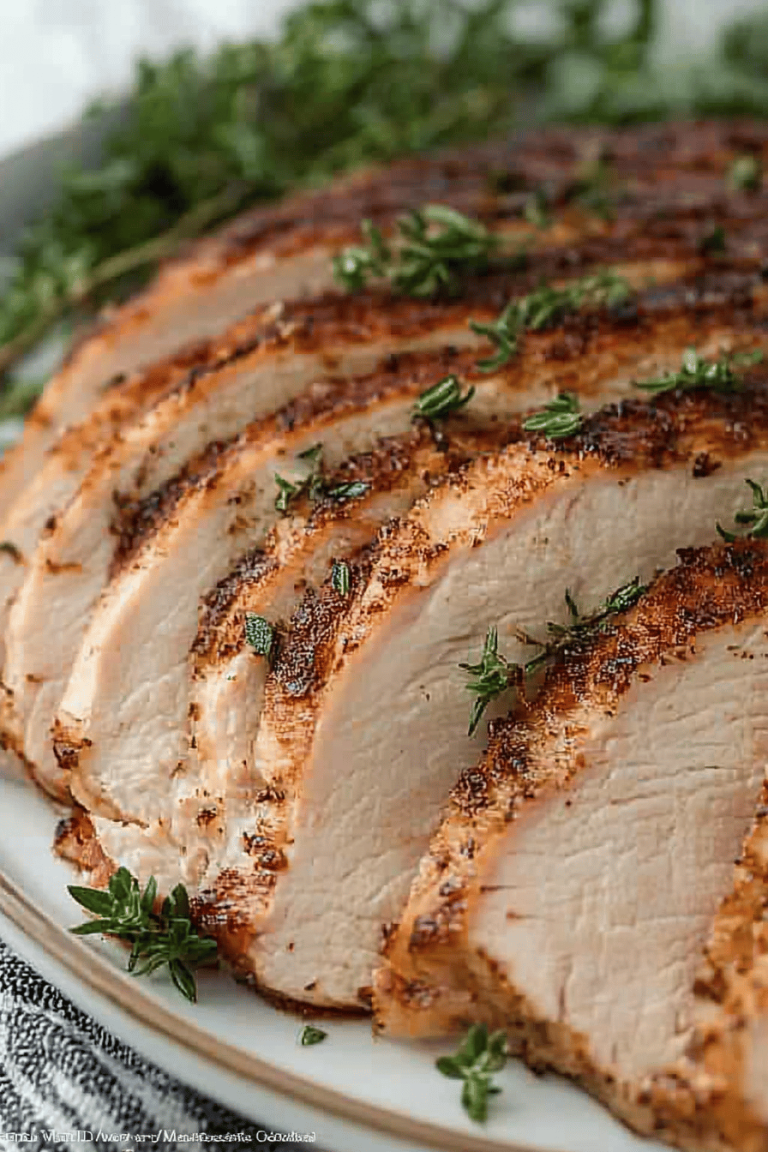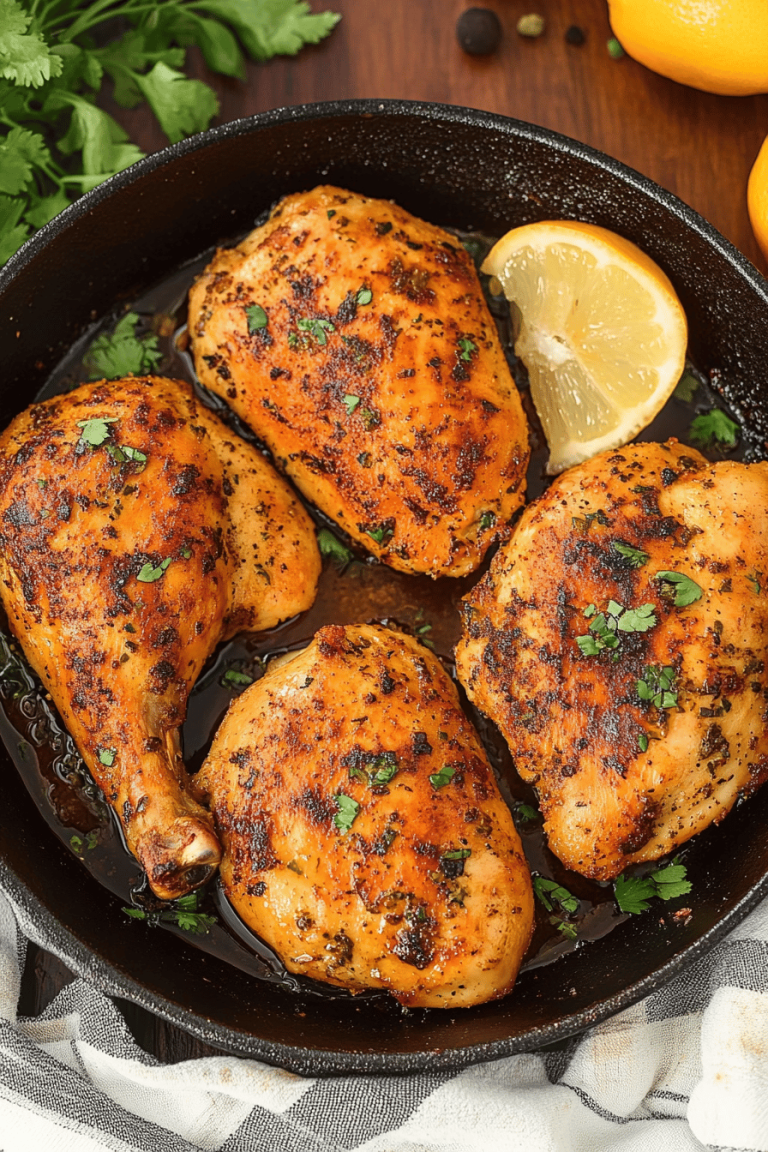There are some dishes that just feel like a warm hug on a plate, and for me, that’s always pasta e fagioli. It’s one of those soul-satisfying bowls that’s perfect for a chilly evening, a lazy Sunday lunch, or honestly, any time I’m craving something hearty and incredibly flavorful without a ton of fuss. My Nonna used to make this for us, and the smell of it simmering on the stove would have my cousins and me practically glued to the kitchen door. It’s so much more than just pasta and beans; it’s a symphony of simple, delicious ingredients that come together to create something truly magical. If you’ve ever had a truly *great* bowl of pasta e fagioli, you know it’s a game-changer, and this recipe is my tried-and-true version that always hits the spot.
What is Pasta e Fagioli?
So, what exactly *is* pasta e fagioli? The name literally translates from Italian to “pasta and beans,” which sounds super straightforward, right? But oh, it’s so much more than that simple translation suggests. Think of it as a rustic, hearty soup or a very soupy pasta dish, depending on how you like to make it and how much broth you use. It’s a staple in Italian cuisine, especially in regions like Tuscany and Campania, and every family seems to have their own cherished version. The beauty of pasta e fagioli is its adaptability; it’s a dish that relies on humble, pantry-friendly ingredients, but when combined with love and a little technique, it transforms into something incredibly comforting and delicious. It’s the ultimate peasant dish elevated to pure comfort food status.
Why you’ll love this recipe?
Honestly, I could go on and on about why this pasta e fagioli recipe is a keeper, but let me highlight a few key reasons. First, the FLAVOR explosion is just incredible. You get the savory depth from the pancetta (or bacon, if that’s what you have!), the sweetness from the tomatoes, the earthiness from the beans, and the fresh aroma of herbs – it’s a beautiful balance. Second, SIMPLICITY is a huge win. While it has layers of flavor, the actual process is pretty straightforward. You don’t need fancy equipment or obscure ingredients. It’s one of those dishes that feels like a culinary achievement but is genuinely achievable for any home cook, even on a weeknight. And let’s talk about COST-EFFICIENCY! This recipe is a lifesaver for budget-conscious cooks. Pasta, beans, a few aromatics, and some canned tomatoes – these are all incredibly affordable staples that pack a serious flavor punch. It’s proof that delicious food doesn’t have to be expensive. Finally, its VERSATILITY is a big draw for me. You can make it thicker like a stew, or looser like a soup. You can swap out beans, add different veggies, or adjust the herbs. It’s a dish that invites you to play around with it. What I love most about this particular pasta e fagioli recipe is how it captures that authentic, slow-cooked flavor without needing to simmer for hours. It’s a testament to building flavor with good quality ingredients and smart technique.
How do I make Pasta e Fagioli?
Quick Overview
This recipe is all about building layers of flavor from the start. We’ll begin by rendering some savory goodness from pancetta, then sautéing aromatic vegetables, adding tomatoes and beans, and finally simmering it all together with pasta until it’s perfectly tender and melded. The magic happens as it all cooks down, thickening slightly and creating a rich, comforting broth. It’s a straightforward process that guarantees a deeply satisfying bowl every time. I find that letting it rest for a few minutes after cooking really lets the flavors meld even further, which is a little trick I’ve picked up over the years.
Ingredients
For the Hearty Base:
4 ounces pancetta or good quality bacon, diced (I prefer pancetta for its authentic flavor, but thick-cut bacon works wonderfully)
2 tablespoons olive oil (use a good quality extra virgin for best flavor)
1 large onion, finely chopped
2 carrots, peeled and finely chopped
2 celery stalks, finely chopped
4 cloves garlic, minced
1 teaspoon dried oregano
1/2 teaspoon dried rosemary (optional, but lovely)
1/4 teaspoon red pepper flakes (adjust to your spice preference)
1 (28 ounce) can crushed tomatoes (San Marzano if you can find them, they make a difference!)
6 cups low-sodium chicken or vegetable broth (chicken broth adds a bit more depth for me)
2 (15 ounce) cans cannellini beans or other white beans, rinsed and drained (I love cannellini for their creamy texture, but borlotti or great northern are great too!)
1/2 cup ditalini pasta or other small pasta shapes like elbow macaroni or pastina (ditalini is traditional and perfect for soaking up the broth)
For Finishing:
Salt and freshly ground black pepper, to taste
Fresh parsley, chopped, for garnish
A drizzle of good quality extra virgin olive oil, for serving (don’t skip this!)
Parmesan cheese, grated, for serving (optional, but highly recommended!)
Step-by-Step Instructions
Step 1: Render the Pancetta & Sauté Aromatics
Get a large pot or Dutch oven over medium heat. Add your diced pancetta or bacon. Cook, stirring occasionally, until it’s nice and crispy and has rendered most of its fat, about 6-8 minutes. Don’t rush this part; that rendered fat is pure flavor gold! Once crispy, use a slotted spoon to remove the pancetta to a plate lined with paper towels, leaving about 2 tablespoons of the rendered fat in the pot. If you have more than 2 tablespoons, drain off the excess. Add the 2 tablespoons of olive oil to the pot if needed, then add your chopped onion, carrots, and celery. Cook, stirring often, until the vegetables have softened and the onion is translucent, about 8-10 minutes. This is your “soffritto,” and it’s the flavor foundation of so many amazing Italian dishes.
Step 2: Bloom the Spices & Add Garlic
Stir in the minced garlic, dried oregano, rosemary (if using), and red pepper flakes. Cook for just about 1 minute more, until the garlic is fragrant. Be careful not to burn the garlic! Cooking the spices briefly in the hot fat helps to release their essential oils and deepen their flavor, a step I always make sure to do.
Step 3: Add Tomatoes and Broth
Pour in the crushed tomatoes and stir to combine, scraping up any browned bits from the bottom of the pot – that’s more flavor! Add the chicken or vegetable broth. Bring the mixture to a simmer, then reduce the heat to low, cover, and let it cook for at least 20 minutes. This simmering time allows all those beautiful flavors to meld and deepen. I often let mine go for 30 minutes if I have the time.
Step 4: Add the Beans and Pasta
Stir in the rinsed and drained cannellini beans. Increase the heat to medium-high and bring the soup back to a gentle boil. Add the ditalini pasta. Cook according to the pasta package directions, usually about 7-10 minutes, stirring occasionally to prevent the pasta from sticking to the bottom of the pot. You want the pasta to be al dente. If the soup seems too thick as it cooks, you can add a little more broth or even some water to reach your desired consistency. This is where you can really customize it to be more soup-like or more like a hearty stew.
Step 5: Season and Finish
Once the pasta is cooked, taste the soup and season generously with salt and freshly ground black pepper. Remember, beans can absorb a lot of salt, so don’t be shy! Stir in most of the crispy pancetta you set aside earlier, reserving some for garnish. Let it simmer for another minute or two to allow the flavors to combine.
Step 6: Rest and Serve
Turn off the heat and let the pasta e fagioli rest for about 5-10 minutes before serving. This brief resting period is crucial; it allows the pasta to absorb some of the liquid and the flavors to settle beautifully. Ladle the hot soup into bowls. Garnish with the reserved crispy pancetta, a generous sprinkle of fresh chopped parsley, and a final drizzle of good quality extra virgin olive oil. A dusting of grated Parmesan cheese is also a wonderful addition if you like!
What to Serve It With
Pasta e fagioli is such a wonderfully versatile dish, it honestly stands on its own beautifully, but it also plays well with others! Here are some of my favorite ways to serve it:
For Breakfast: Okay, bear with me here, but a small, perfectly seasoned bowl of pasta e fagioli can be a surprisingly satisfying start to the day, especially if it’s a bit chilly. I love it with a strong cup of black coffee. For a more substantial breakfast, I might serve a smaller portion alongside some crusty toasted bread. It feels hearty and grounding.
For Brunch: This is where it really shines! Serve it in smaller, elegant bowls as a starter to a larger brunch spread. It pairs beautifully with a frittata or some savory sausage. For beverages, think a light mimosa or a sparkling elderflower pressé. It adds a touch of Italian charm to any brunch table.
As Dessert: This is a bit unconventional, but hear me out! If you make a slightly sweeter, less savory version (perhaps with less pancetta and a touch more tomato sweetness), it can actually work as a surprising palate cleanser or a light, savory-sweet finish. But for the traditional savory version, it’s definitely not a dessert!
For Cozy Snacks: This is probably its most common and beloved role. A big mug of pasta e fagioli is the ultimate comfort snack on a rainy afternoon. Serve it with a side of Garlic Bread (oh yes!) for dipping, or even some cheesy biscuits. It’s the perfect thing to have simmering while you curl up with a good book or watch a movie. My family tradition is to have it when we’re all home for a cozy movie night, and it always disappears fast!
Top Tips for Perfecting Your Pasta e Fagioli
I’ve made this pasta e fagioli recipe countless times, and through trial and error (and a few delicious batches!), I’ve picked up some tricks that I think really elevate it. Here are my top tips:
Building the Flavor Base: Don’t skimp on sautéing your onions, carrots, and celery until they are truly soft and translucent. This “soffritto” is where so much of the depth comes from. I like to cook them slowly over medium-low heat for a good 10-15 minutes to really sweeten them up and meld their flavors. And if you can use pancetta, do it! The rendered fat is incredibly flavorful and adds a special richness that bacon can sometimes miss, though bacon is a perfectly fine substitute.
Pasta Perfection: Using a small pasta shape like ditalini is key. They cook quickly and are the perfect size to get a little bit in every spoonful of broth and beans. I always add the pasta directly to the simmering soup and cook it until it’s just al dente. Overcooking the pasta is a common mistake, as it will continue to soften as the soup sits. If you’re making this ahead, it’s often best to cook the pasta separately and add it just before serving, or know that it will absorb more liquid and soften considerably if added earlier.
Bean Choices Matter: While cannellini are my go-to for their creamy texture that helps thicken the soup slightly, feel free to experiment! Borlotti beans add a beautiful speckled look and slightly different flavor. Even a mix of beans can be delicious. Just make sure they’re well-rinsed and drained to get rid of any excess starchy liquid from the can, which can sometimes give a metallic taste.
Broth Quality: Using a good quality low-sodium broth is important. If you use a regular salted broth, your soup might end up too salty, especially with the pancetta. Low-sodium gives you more control. If you’re feeling ambitious, homemade broth is always amazing, but a good store-bought option works beautifully here.
The Herb Game: Fresh herbs make a big difference. While dried herbs work well during the simmering process, a generous amount of fresh parsley stirred in at the end and used for garnish brightens everything up beautifully. I’ve also tried adding a sprig of fresh rosemary during the simmer, but I remove it before serving as it can get a bit overpowering.
The Magic of Resting: This is something I learned after making it many times. Letting the soup rest for at least 10 minutes off the heat before serving allows the flavors to meld together even more. The pasta also absorbs a little more liquid, giving it a slightly thicker, more cohesive texture. Trust me on this one; it makes a noticeable difference!
Seasoning, Seasoning, Seasoning: Don’t be afraid to taste and adjust. Salt is crucial for bringing out all the flavors. I usually add salt towards the end, after the pasta has cooked, as the broth and beans already have some salt content, and it’s easier to adjust then. A good crack of fresh black pepper at the end is also essential.
Storing and Reheating Tips
One of the best things about pasta e fagioli is how well it stores and reheats! It’s one of those dishes that often tastes even better the next day. Here’s how I usually handle leftovers:
Room Temperature: I generally don’t recommend leaving pasta e fagioli out at room temperature for more than two hours. While it’s hearty, it’s still a soup with beans and vegetables, so food safety is important. If you’re serving it buffet-style, keep it hot in a Slow Cooker or serving dish. If you’re just letting it cool slightly before refrigerating, that’s perfectly fine.
Refrigerator Storage: Once cooled, transfer any leftovers to an airtight container. It will keep beautifully in the refrigerator for about 3-4 days. I find that the flavors actually deepen and meld even more over time, making the leftovers a real treat. The pasta will absorb more liquid as it sits, so it will likely be thicker than when you first made it.
Freezer Instructions: Pasta e fagioli freezes exceptionally well! For the best results, I like to freeze it in individual portions in freezer-safe containers or heavy-duty freezer bags. It can be stored in the freezer for up to 2-3 months. When you’re ready to thaw, simply transfer it to the refrigerator overnight, or use the defrost setting on your microwave.
Glaze Timing Advice: Since this recipe doesn’t have a specific glaze, this applies more to the garnishes. If you’ve made extra crispy pancetta, store it separately in an airtight container at room temperature. Add it to reheated portions just before serving to maintain its crunch. Fresh parsley is best added right before serving as well, as it can wilt if stored with the soup for too long.
Reheating: To reheat on the stovetop, gently heat the soup in a saucepan over medium-low heat, stirring occasionally. You may need to add a splash of broth or water to loosen it up to your desired consistency, as the pasta will have absorbed a lot of liquid. For microwave reheating, heat in a microwave-safe bowl in 1-minute intervals, stirring between each, until heated through. Again, you might need to add a bit of liquid.
Frequently Asked Questions
Final Thoughts
I really hope you give this pasta e fagioli recipe a try! It’s one of those dishes that has earned its permanent spot in my recipe rotation because it’s consistently delicious, incredibly comforting, and always brings smiles to the faces of whoever I’m cooking for. It’s proof that simple, honest ingredients can create something truly spectacular. If you love rustic Italian flavors and hearty, soul-warming meals, this is definitely for you. It’s a dish that feels both ancient and brand new every time you make it. I truly can’t wait to hear how yours turns out and if it becomes a family favorite in your home too. If you enjoyed this recipe, you might also love my hearty lentil soup or my classic minestrone – both packed with flavor and perfect for cozy meals!
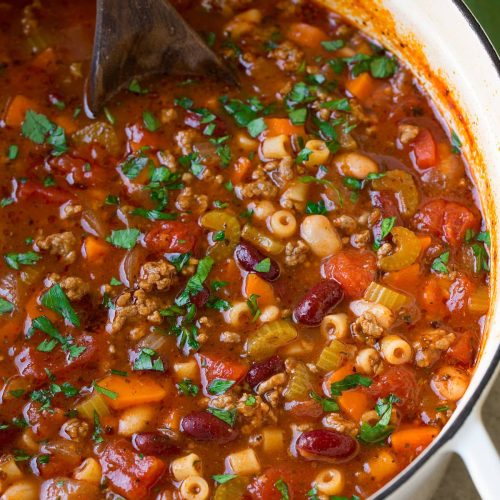
Pasta e Fagioli Recipe
Ingredients
Main Ingredients
- 2 Tbsp olive oil divided
- 1 lb lean ground beef
- 1.5 cups chopped yellow onion
- 1 cup diced carrots about 2 medium
- 1 cup diced celery about 3 stalks
- 3 cloves garlic minced (1 Tbsp)
- 3 cans tomato sauce 8 oz each
- 2 cans low-sodium chicken broth 14.5 oz each
- 0.5 cup water then more as desired
- 1 can diced tomatoes 15 oz
- 2 tsp granulated sugar
- 1.5 tsp dried basil
- 1 tsp dried oregano
- 0.75 tsp dried thyme
- 0.5 tsp dried marjoram
- Salt and freshly ground black pepper to taste
- 1 cup dry ditalini pasta
- 1 can dark red kidney beans drained and rinsed, 15 oz
- 1 can great northern beans drained and rinsed, 15 oz
- Finely shredded Romano or Parmesan cheese for serving
- 3 Tbsp minced fresh parsley
Instructions
Preparation Steps
- Heat 1 Tbsp olive oil in a large pot over medium-high heat. Crumble in ground beef and cook, stirring occasionally, until cooked through. Drain fat from beef then transfer beef to a plate, set aside.
- Heat remaining 1 Tbsp olive oil in the same pot. Add onions, carrots, and celery and saute over medium-high heat until tender, about 6 minutes. Add garlic and saute 1 minute longer.
- Add chicken broth, tomato sauce, water, canned tomatoes, sugar, basil, oregano, thyme, marjoram, and cooked beef. Season with salt and pepper to taste.
- Bring to a boil then reduce heat to medium-low. Cover with lid and allow to simmer, stirring occasionally, until veggies are soft, about 15-20 minutes.
- Meanwhile, prepare ditalini pasta according to package directions, cooking to al dente.
- Add cooked and drained pasta to the soup along with kidney beans and great northern beans. Thin with a little more broth or water if desired. Allow to cook 1 minute longer.
- Stir in parsley. Serve warm with grated Romano or Parmesan cheese.



